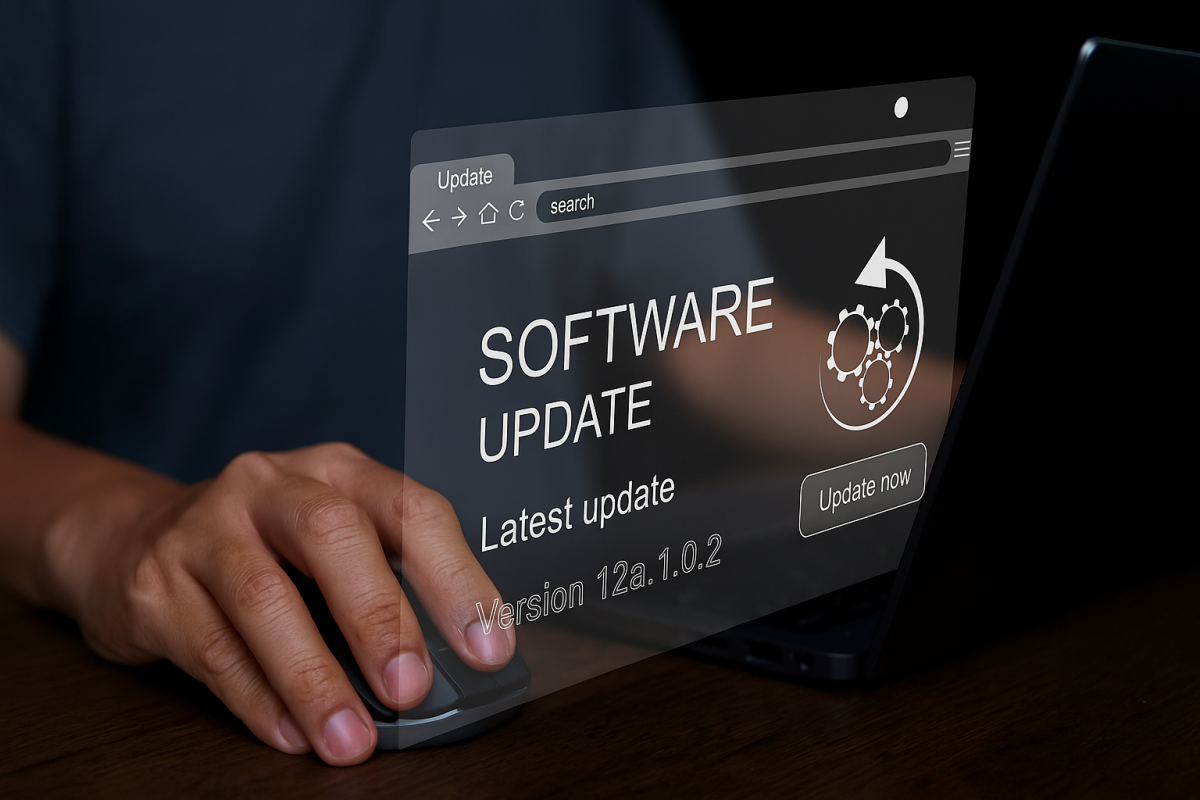

The Smartest Way to Organize Shared Folders (and Stop Losing Files)
Let’s be honest — shared folders often feel like digital junk drawers.
You open a drive to find 42 versions of the same file, a sea of unlabeled PDFs, and a folder named “Old Stuff – Do Not Delete (Maybe?)” that’s still mysteriously critical to operations.
If this sounds familiar, you’re not alone.
Disorganized shared folders slow teams down, lead to costly mistakes, and turn simple file-finding into a scavenger hunt. But the fix? It’s easier than you think and doesn’t require any special software.
Here’s how to organize your shared folders in a way that makes sense, saves time, and keeps your team on the same page.
1. Start with a Simple, Standardized Folder Structure
Create a top-level folder system that mirrors how your business operates. Examples:
- 📁 Finance
- 📁 HR
- 📁 Marketing
- 📁 Projects
- 📁 Clients
- 📁 Templates & Resources
Under each, add clear subfolders by year, project, or client name, whatever’s easiest for your team to follow.
Pro tip: Don’t over-nest. If it takes more than 3 clicks to get to a file, it’s buried.
2. Name Files Intentionally (So People Can Find Them Later)
Stop with the “Final_v2_REALLYFINAL.docx” chaos.
Use a consistent naming format like:
[Project/Client] – [File Name] – [Date or Version]
Example: AcmeInc – Website Proposal – 2024-05-01.pdf
This makes files easy to scan and search even without opening them.
3. Set Permissions Based on Roles, Not Individuals
Too often, everyone has access to everything. That’s a risk and a recipe for accidental deletions.
Set access based on roles (e.g., “Marketing Team” or “Managers”) using group permissions in Microsoft 365, SharePoint, or Google Workspace. That way, when people join or leave, access is handled cleanly.
4. Schedule a Monthly or Quarterly “Drive Clean-Up”
Assign someone (or rotate the responsibility) to archive old files, merge duplicates, and delete outdated content.
Use an “Archive” folder with read-only access for anything that shouldn’t be deleted but doesn’t need daily use.
5. Document Your Folder Rules & Share with the Team
Even the best system fails if no one follows it.
Create a short, friendly file management guide. Keep it light and simple. Think:
- Where to save new files
- What naming format to use
- Who to ask before creating a new folder
Bonus: Add it as a pinned message in Teams or Slack.
Final Thought
A clear shared folder structure isn’t just “nice to have” it saves time, reduces errors, and helps your team work better together.
If you’re ready to stop playing hide-and-seek with your files, LeadingIT can help you build a smarter, cleaner file-sharing strategy that scales with your business.


